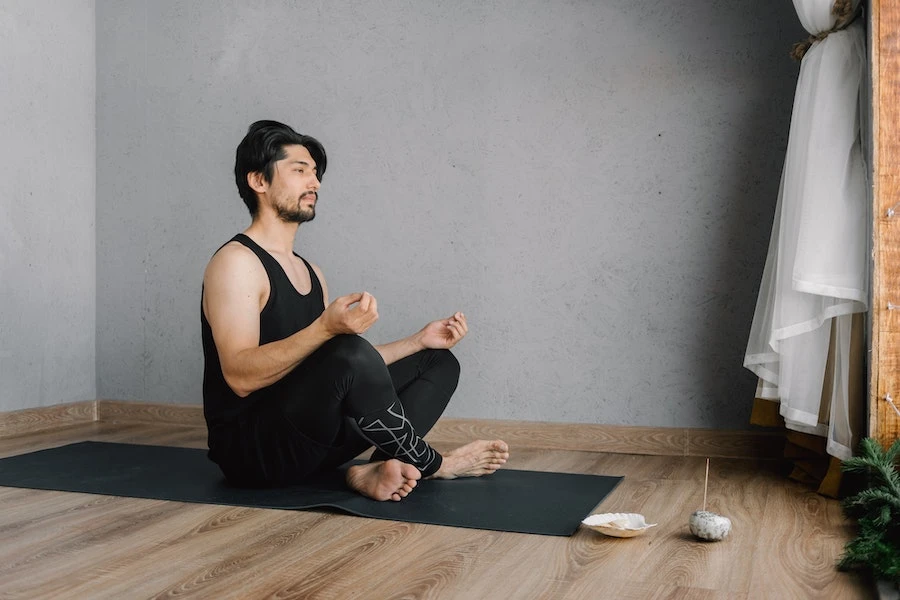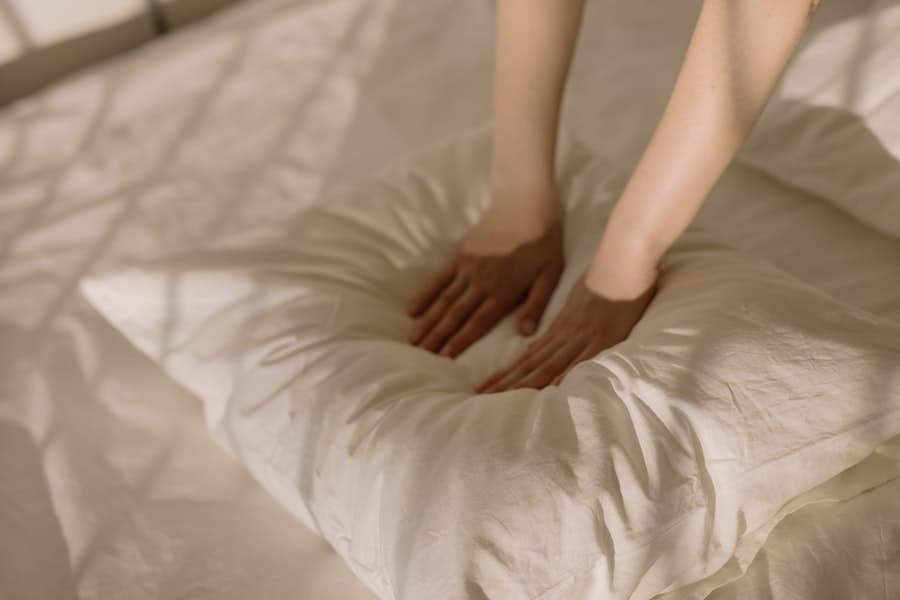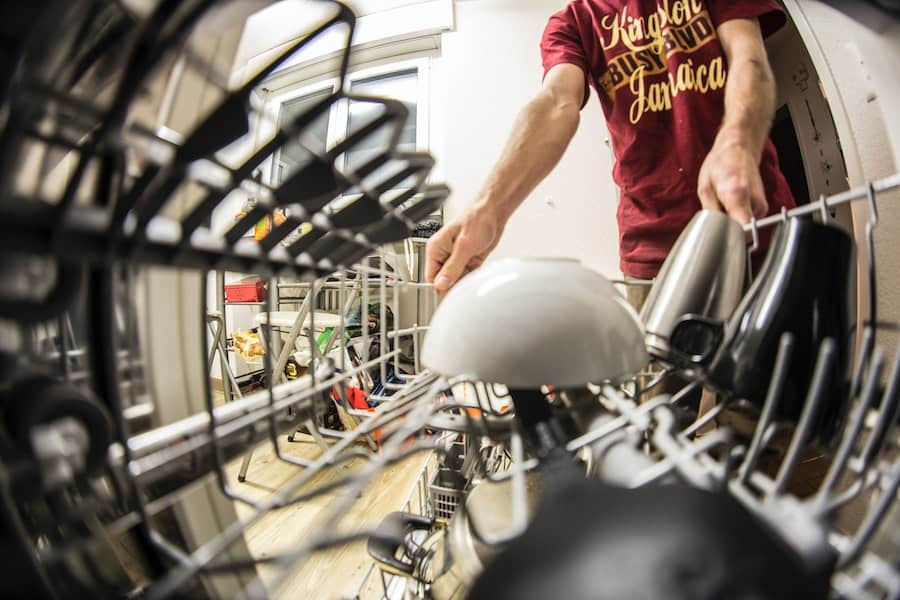oga can feel a little intimidating if you’ve never tried it before. It’s easy to fret about looking silly or worry about not being in good enough shape or flexible enough to do yoga. The good news is that yoga isn’t just about doing crazy body bends, headstands, or the twisty pretzel poses that you’ve probably seen splashed all over social media.
Yoga’s ancient tradition offers some easy poses full of health benefits that allow you to ease into a new practice. These sequences include Tadasana, or Mountain Pose, a Forward Fold, and Child’s Pose. Anyone can do yoga at any time. You don’t have to be super fit. You don’t have to feel flexible. Yoga can , fitness, and mobility over time.
Check out these 5 best yoga poses for beginners to try.
1. Balasana (Child’s Pose)
During any yoga class or home practice, Child’s Pose is an excellent choice to flow into if you need to relax, tune into your body, and activate your nervous system.
From a downward-dog pose (hands and heels resting on the floor and your tailbone pushed towards the ceiling), breathe deeply. When you exhale, gently drop your knees toward the floor, tuck your hips back into your heels, and let your forehead touch the floor.
Since this is a restorative asana (pose), you can modify it to fit whatever is comfortable. For example, if your shoulders feel tense or ache, you can stretch your arms out over your head or lay your arms beside your body. Let your palms rest facing up near your feet.
Child’s Pose is a nurturing forward fold that mimics how children naturally sleep. It helps relax your neck, shoulders, and back to give your internal organs a restorative massage.
2. Adho Mukha Svanasana (Downward-Facing Dog)
This asana is a gentle inversion stretch that lengthens your spine, elongates the backs of your legs, and helps regulate the digestive system. According to multiple studies, it is relaxing, calming, and can even help ease headaches.
To start the pose, begin in a plank position. Then inhale, press your hands to the floor, and raise your tailbone towards the ceiling. Try to keep your shoulders engaged without tightening them. Allow a neutral line along your spine.
Keep your legs straight and push your heels toward the floor. Even if your heels don’t touch the ground, you can peddle your feet to help warm up your muscles and joints.
3. Uttanasana (Forward Fold)
This pose is a great way to start with yoga if you’re new to the practice.
Start in a standing position. Take a deep breath. Raise your arms up and over your head. When you exhale, lower your arms in a smooth flow on either side of your body as you bend your body down over your legs. Bend your knees slightly when starting out to warm up tight hamstrings.
Relax into the pose and let gravity guide your position as you flow up with your arms overhead and swan dive in a bend to your feet. Repeat the sequence as needed.
4. Uttihita Chaturanga Dandasana (Plank Pose)
When you’re ready for a more active pose, start in Forward Fold, then place your palms down on the floor. Bend your knees gently. Step backward, one foot at a time, until you reach a plank pose.
Keep your hands pressed to the floor, keep your legs in line with each other, and engage your core by pulling your stomach into your spine. Pay attention to your breath. Maintain the position with a straight line from your hips through your legs. This pose will give your arms and core a great workout.
5. Tadasana (Mountain Pose)
This final pose is a classic asana that is perfect for beginners.
While this pose looks easy, it is the starting point for all yoga poses, such as standing asanas and inversions.
Stand with your big toes almost touching and your heels set a little apart parallel. Press into the mat to engage your leg muscles. Breath slowly and deeply. Roll back your shoulders to ease tight muscles. Close your eyes and feel the confidence coursing through your body.
If you’re a beginner, these 5 yoga poses are great options to do in the comfort of your own home.








